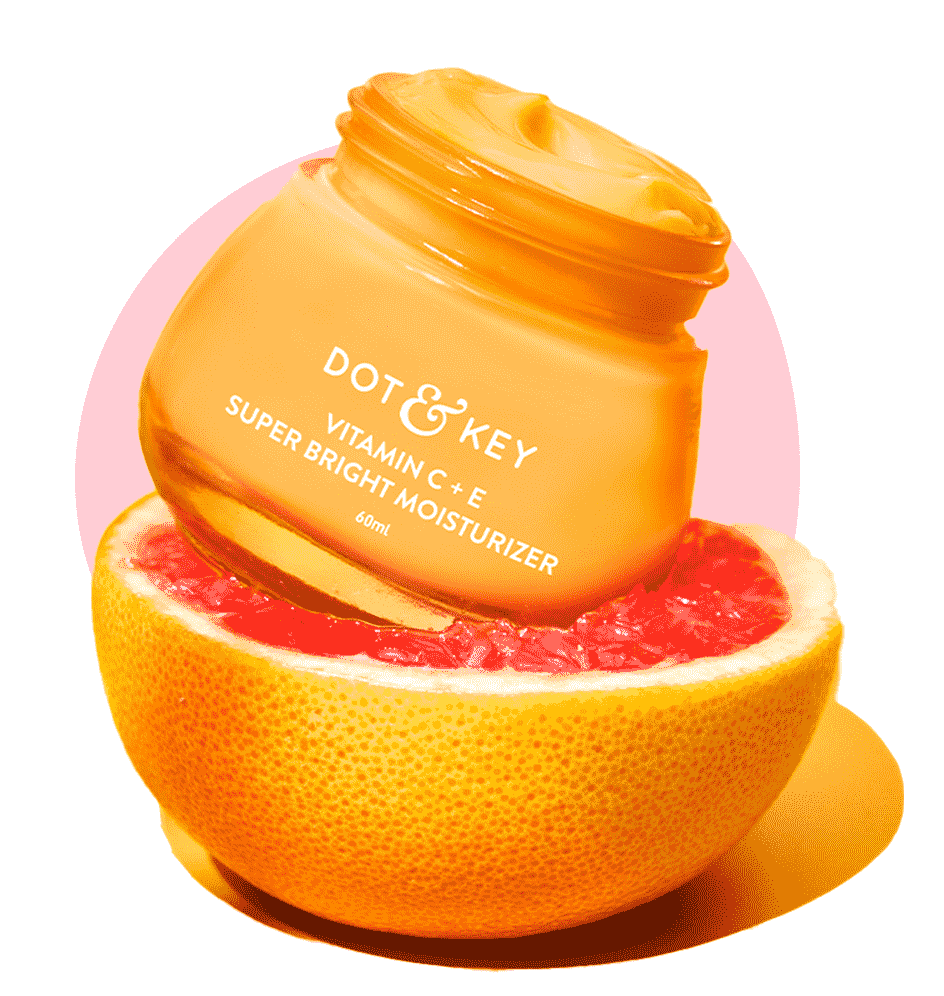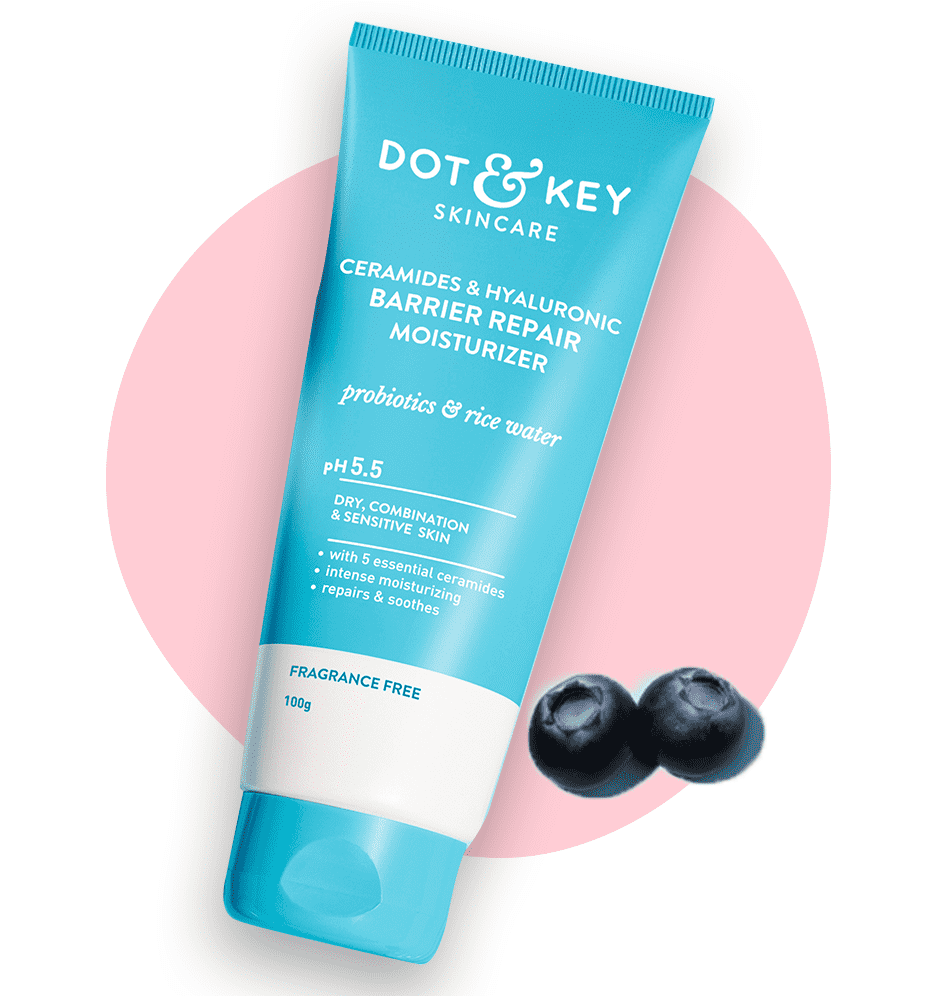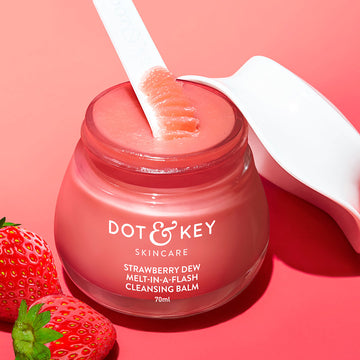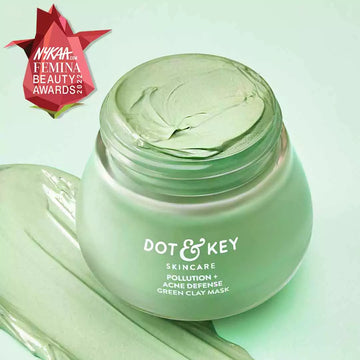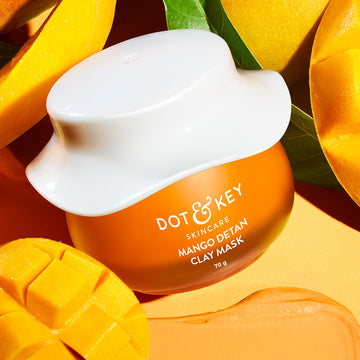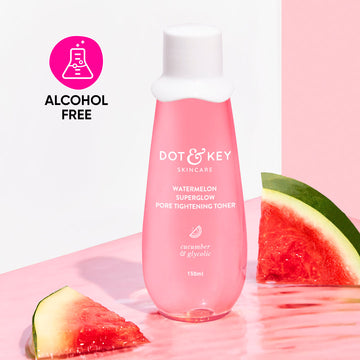
Dealing with oily skin can be tricky, especially at night when your skin is repairing itself and producing more sebum (oil). While it’s important to manage excess oil, you also want to ensure your skin stays hydrated and balanced. In this blog, we’ll explore the causes of oily skin and walk you through a step-by-step night skincare routine that can help you wake up with clearer, balanced skin, without the excess shine.
What Causes Oily Skin?
Oily skin occurs when the sebaceous glands produce too much sebum, the oil that keeps your skin moisturized. While some oil is necessary to protect your skin, excess oil can lead to clogged pores, acne, and an unwanted shiny appearance. Let’s dive into the key causes of oily skin.
Key Causes of Oily Skin:
-
Genetics: Genetics play a big role in determining your skin type. If your parents have oily skin, chances are you may inherit it. According to a study published in The Journal of Clinical and Aesthetic Dermatology, sebum production is influenced by genetics and varies from person to person.
-
Hormonal Changes: Hormones are one of the biggest factors in triggering excess oil production. During puberty, menstruation, pregnancy, or menopause, hormone fluctuations (particularly androgens) can stimulate the sebaceous glands, leading to oily skin. Research shows that androgens increase sebum production, especially in the T-zone (forehead, nose, and chin).
-
Stress: When you're stressed, your body produces cortisol, a hormone that can increase oil production. Studies indicate that high levels of stress are linked to overactive sebaceous glands, which can cause oily skin and breakouts.
-
Climate and Weather: Oily skin tends to be worse in hot and humid climates, as the heat triggers the skin to produce more oil to protect itself. A study in Dermatologic Therapy points out that sebum production increases in warmer conditions, making oily skin more noticeable in the summer.
- Wrong Skincare Products: Using products that are too heavy, greasy, or not formulated for oily skin can clog your pores and exacerbate oiliness. It’s important to use lightweight, non-comedogenic products that won’t clog your pores or contribute to excess oil.
Step-by-Step Night Skin Care Routine for Oily Skin
Managing oily skin effectively requires the right products and routine to control sebum production, prevent breakouts, and keep your skin balanced. Here’s a step-by-step night skincare routine that will help you keep your skin healthy and oil-free.
Step 1: Makeup Removal
Makeup, along with the day’s dirt and pollution, can clog pores and lead to breakouts. Removing makeup thoroughly is essential for oily skin, as clogged pores are one of the main causes of acne. A lightweight cleansing balm can gently remove makeup without adding more oil to the skin.
How to Do It:
- Use gentle cleansing balm to melt away daily makeup, such as Dot & Key’s Strawberry Dew Cleansing Balm.
- Massage onto dry skin, focusing on areas where you tend to get oily, such as the T-zone.
- Add water to emulsify & rinse off thoroughly with zero residue
- Make sure to remove all traces of makeup, especially from your eyes and lips.
Step 2: Cleanser
Cleansing is the next crucial step to remove excess oil, dirt, and impurities. For oily skin, a foaming or gel-based cleanser that contains salicylic acid or Cica can help break down oil and keep your pores clear. A study in The Journal of Dermatology highlights salicylic acid’s effectiveness in controlling oil and preventing acne.
How to Do It:
- Wet your face with lukewarm water.
- Apply a small amount of cleanser like Dot & Key’s Cica Salicylic Face Wash.
- Massage it gently into your skin for 20 seconds, focusing on areas that tend to be oily, such as your forehead, nose, and chin.
- Rinse thoroughly and pat dry with a clean towel.
Step 3: Exfoliation (2-3 times a week)
Exfoliating 2-3 times a week helps remove dead skin cells and unclog pores, which is especially important for oily skin that’s prone to breakouts. A gentle exfoliant infused with ingredients like alpha-hydroxy acids (AHAs) or beta-hydroxy acids (BHAs) is effective at removing dead skin without causing irritation.
How to Do It:
- Use a non-drying clay mask, like Dot & Key’s Cica Salicylic Green Clay Mask, 1-2 times a week.
- Scoop out a generous amount
- Apply evenly on a clean face, focusing on the oily areas where pores tend to get clogged.
- Leave it on for 10 minutes
- Rinse it off with lukewarm water
- Avoid over-exfoliating, as this can irritate the skin and lead to more oil production.
Step 4: Toner
Toners help balance your skin’s pH and control excess oil. For oily skin, alcohol-free toner with ingredients like salicylic acid & cica can help minimize pores and control sebum production without drying out the skin. Studies have shown that Cica (Centella Asiatica) has anti-inflammatory and oil-controlling properties, making it a great choice for oily skin.
How to Do It:
- After cleansing, apply the toner to a cotton pad or use your hands to pat it on your skin.
- Gently sweep it across your face, paying extra attention to your T-zone.
- Let the toner absorb completely before moving on to the next step.
Step 5: Serum
Serums are concentrated formulas that deliver active ingredients to your skin. For oily skin, using a serum with salicylic acid, cica or niacinamide can help balance oil production and hydrate the skin without clogging pores. Research published in The Journal of Cosmetic Dermatology shows that niacinamide helps reduce oil production, minimize the appearance of pores, and improve skin texture.
How to Do It:
- Apply 2-3 drops of a face serum that controls excess oil & treats dark spots, such as Dot & Key’s Cica + 10% Niacinamide Serum.
- Gently press the serum into your skin, focusing on areas that tend to be more oily.
- Allow it to fully absorb before applying moisturizer.
Step 6: Moisturizer
Even though you have oily skin, moisturizing is essential to maintain your skin’s balance. Skipping moisturizer can actually cause your skin to produce more oil. Opt for a lightweight, oil-free moisturizer that hydrates your skin without clogging pores.
How to Do It:
- Take a pea-sized amount of moisturizer, like Dot & Key’s Cica Oil-Free Gel Moisturizer.
- Gently apply it across your face, focusing on the drier areas while keeping the T-zone light.
- Let the moisturizer absorb before going to bed.
Step 7: Treatment (Optional)
If you’re dealing with specific skin concerns like acne or hyperpigmentation, applying a treatment product can help target those issues. Ingredients like cica & salicylic acid are great for treating acne and keeping pores clear. Studies show that salicylic acid is effective in reducing acne by killing acne-causing bacteria.
How to Do It:
- Apply a small amount of treatment, such as Dot & Key’s Cica Spot Correction Gel, to any blemishes or areas prone to breakouts.
- Allow the treatment to absorb fully before applying any other products.
Step 8: Eye Cream
The skin around your eyes is delicate and more prone to dryness. Using a lightweight eye cream at night can help reduce puffiness, dark circles, and fine lines. Look for an eye cream with hydrating ingredients like hyaluronic acid or peptides.
How to Do It:
- Apply a small amount of eye cream, like Dot & Key’s Retinol Eye Cream, around the eye contour.
- Massage gently with the built-in metal applicator. Dab the excess with your fingertips.
- Be careful not to rub or tug at the delicate skin around your eyes.
Step 9: Lip Balm or Lip Mask
Your lips deserve a little nighttime TLC! End your routine with a rich lip balm or lip mask to deeply nourish and hydrate overnight. Look for ingredients like ceramides, peptides, shea butter, and avocado oil to restore moisture and repair any dryness or cracks while you sleep.
How to Do It:
- Apply a generous layer of lip balm or a specialized lip mask as the final step of your skincare routine for overnight hydration and repair.
FAQS
-
What type of cleanser should I use at night for oily skin?
Use a gentle, gel-based cleanser with ingredients like salicylic acid or cica. These help remove excess oil, unclog pores, and prevent breakouts without over-drying your skin.
-
Should I moisturize at night if I have oily skin?
Yes, even oily skin needs hydration. Opt for a lightweight, oil-free, non-comedogenic moisturizer to keep your skin balanced without clogging pores or increasing shine.
-
How often should I exfoliate oily skin at night?
Exfoliate 2-3 times a week using a gentle chemical exfoliant like salicylic acid or glycolic acid. This helps remove dead skin cells, prevent clogged pores, and control excess oil without irritating your skin.
-
What type of serum is best for oily skin at night?
A serum with niacinamide or salicylic acid works well for oily skin. Niacinamide helps regulate sebum production, while salicylic acid helps treat active acne.
-
Can I use spot treatments at night for oily skin?
Yes, treatments like acne spot treatment infused with salicylic acid & cica can be very effective for oily skin. They help treat active acne, control oil, and check excess oil but should be introduced gradually to avoid irritation.








